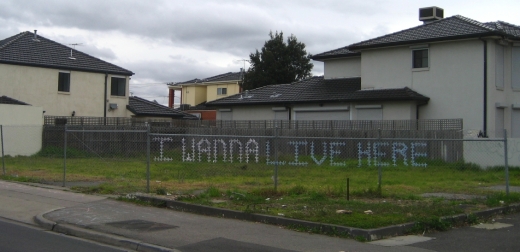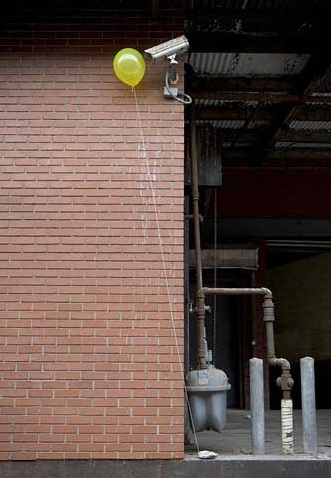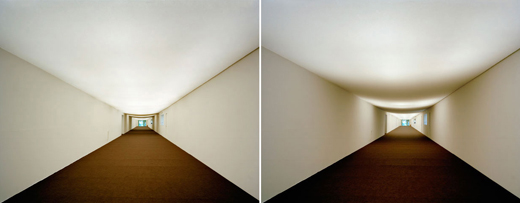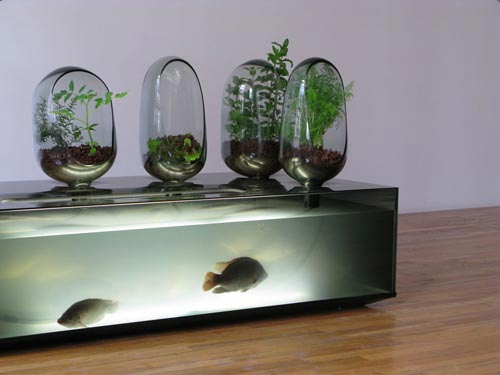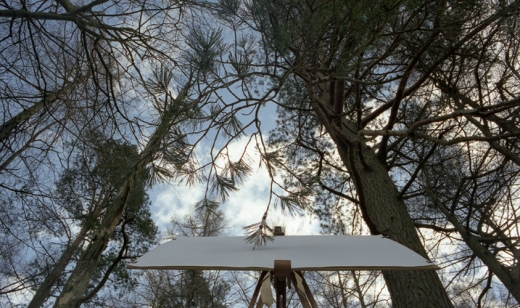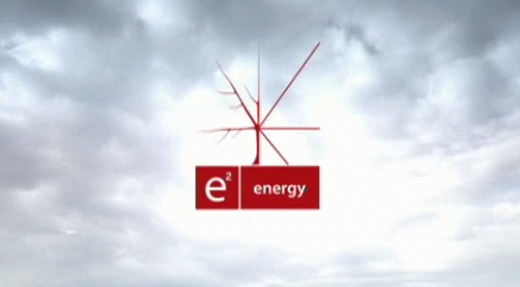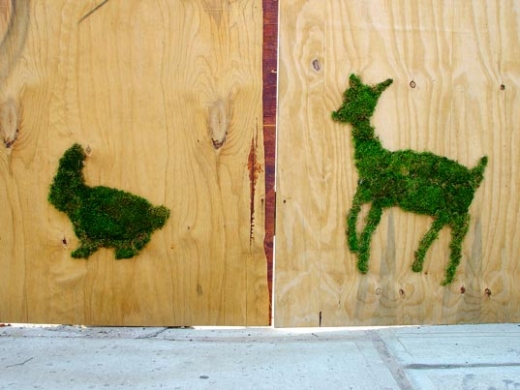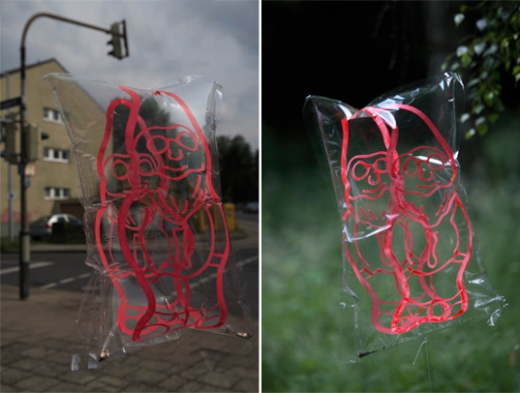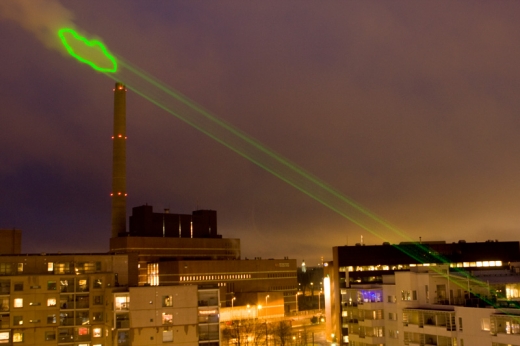
Nuage Vert was a multi-year project that was first conceived in 2003 and eventually realized on Friday 29th February, 2008, between 7-8pm in Helsinki, Finland by the artist duo,HeHe (Helen Evans and Heiko Hansen). During this time 4,000 local residents reduced their energy consumption by 800 kVA, the equivalent of the power generated by one windmill running for one hour. Using a laser animation, data describing the power consumption of the coal power plant, was projected as an outline of the cloud onto the exhaust from the coal power plant, which grew as power consumption went down. The project was massive in scale, not only physical logistics, but also in creating partnerships between the artists, government, and business.
From HeHe’s website:
“Nuage Vert is based on the idea that public forms can embody an ecological project, materialising environmental issues so that they become a subject within our collective daily lives … Nuage Vert is ambiguous, as it doesn’t offer a simple moralistic message, but rather tries to confront the city dweller with an evocative and aesthetic spectacle, which is open to interpretation and challenges ordinary perception .. [it] alerts the public, generates discussion and can persuade people to change patterns of consumption. ”
The scope of the project is incredible in that they were able to secure the permission necessary to do the projection, as well as having access to the data of energy consumption, and the chance to make this a public event. Not that any of those things should be incredible to achieve…
Another project that visualizes energy use: Aerophile’s Air Pollution Helium Balloon.
